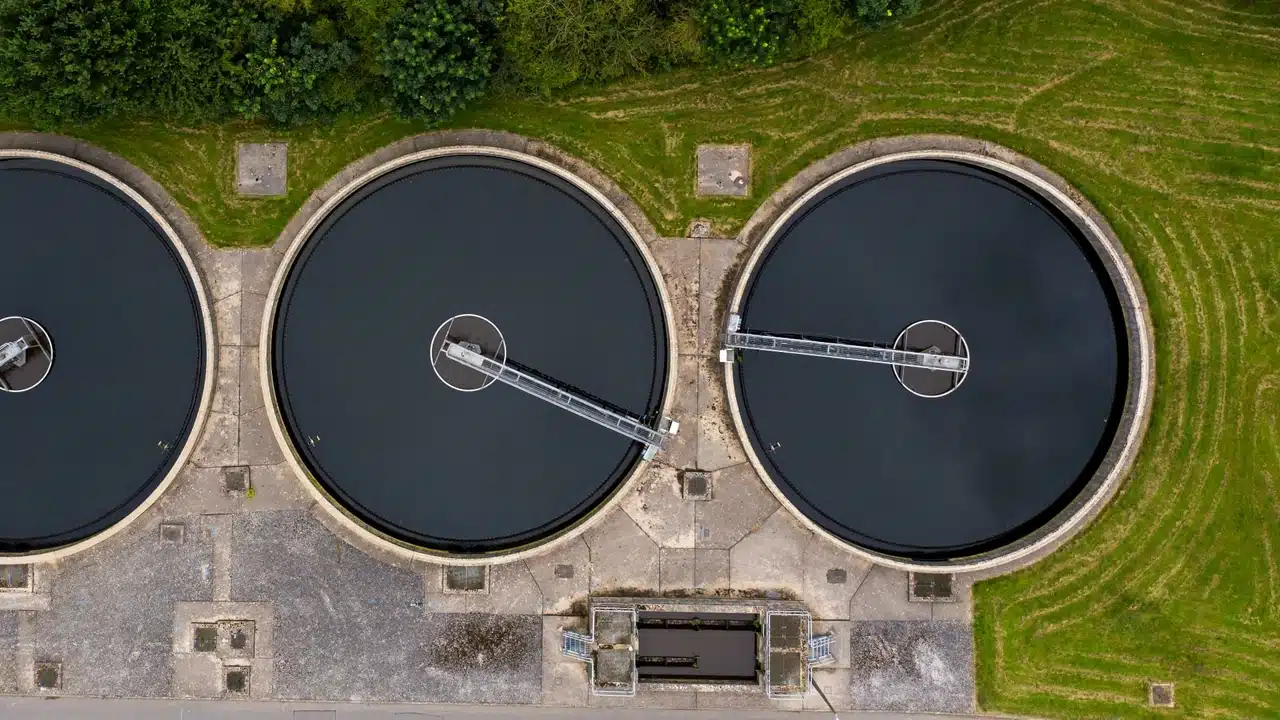At least 97 major water systems in the US have serious cybersecurity vulnerabilities and compliance issues, raising concerns that cyberattacks could disrupt businesses, industry, and the lives of millions of citizens.
Despite a spate of recent cyberattacks raising the awareness of water-infrastructure vulnerabilities, nearly 100 large community water systems (CWS) continue to have serious security weaknesses in Internet-facing systems, putting the water supply of nearly 27 million Americans at risk.
The critical and high-severity vulnerabilities affect more than 9% of the 1,062 water systems in the United States that serve at least 50,000 people, according to an Environmental Protection Agency (EPA) report released on Nov. 13. The vulnerabilities were discovered through passive assessments conducted in October that looked at more than 75,000 IP addresses and 14,400 domains.
Overall, millions of citizens — along with businesses, schools, and hospitals — rely on the affected water systems. “If malicious actors exploited the cybersecurity vulnerabilities we identified in our passive assessment, they could disrupt service or cause irreparable physical damage to drinking water infrastructure,” the EPA stated.
Over the past three years, water systems have become increasingly targeted by state-sponsored groups, ransomware gangs, and hacktivists. In 2023, Iran-linked cyberattackers compromised programmable logic controllers (PLCs) at a water utility in Pennsylvania, as well as 10 wastewater treatment plants in Israel. In 2021, a hacker targeted a water treatment plant in Florida and even changed the chemical mixture for the water, but did not have the sophistication to evade detection. In September, a water treatment plant in Arkansas City, Kan., switched to manual operation after the facility was the target of a cybersecurity incident.



